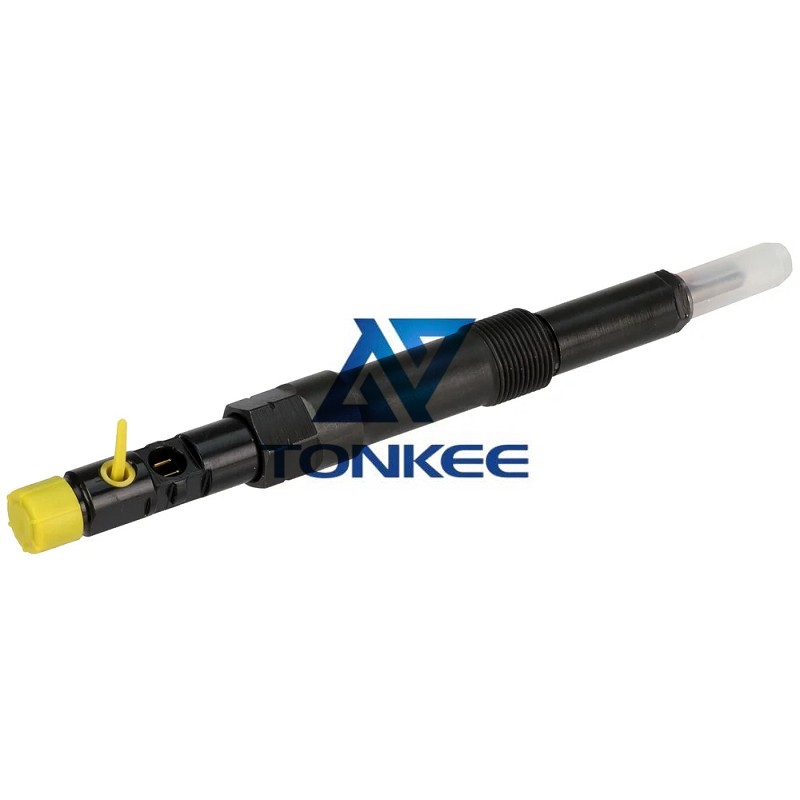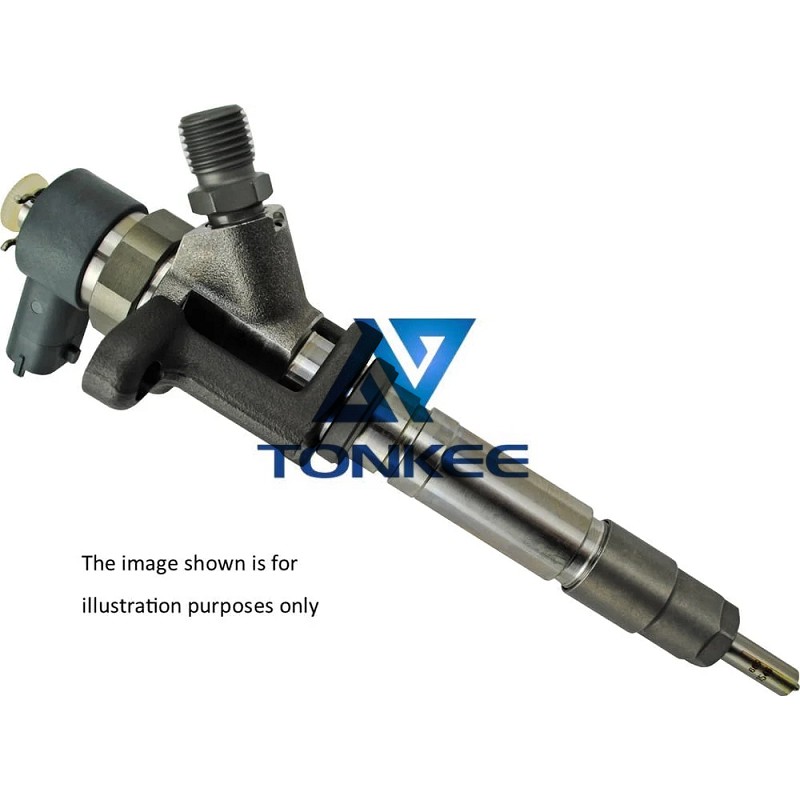
Injector Design: Common rail diesel injectors are typically designed with precision to handle high fuel pressures and deliver fuel in a finely atomized spray.
The injector's body is made from durable materials, often stainless steel or high-strength alloys, to withstand the pressure and heat generated during the combustion process.
High-Pressure Rail: The "common rail" in the name refers to a high-pressure fuel rail that supplies fuel to all the injectors in the engine. This rail maintains a consistent and high-pressure supply of fuel, which is essential for efficient and precise injection.
Solenoid or Piezoelectric Actuators: Common rail injectors can use either solenoid or piezoelectric actuators to control the opening and closing of the injector nozzle. Solenoid injectors are more common and operate by electromagnetically controlling a valve to release pressurized fuel. Piezoelectric injectors use piezoelectric crystals to achieve very precise control of the injector's opening and closing.
Nozzle: The injector nozzle is the part that sprays fuel into the combustion chamber. It has tiny orifices that control the spray pattern, allowing for efficient mixing of fuel with air. The nozzle design influences combustion efficiency and emissions.
Fuel Filtration: To prevent damage to the injector and ensure consistent performance, common rail systems require a high level of fuel filtration.
Clean fuel is essential to prevent clogs and protect the precision components within the injector.
Injector Control Unit (ICU): Modern diesel engines use electronic control units to precisely time and control the injection process. The ICU ensures that the injectors release fuel at the right moment for optimal engine performance and emissions control.
Common Rail System Advantages: Common rail injection systems offer advantages such as improved fuel efficiency, reduced emissions, quieter operation, and greater power output compared to older mechanical injection systems.



 English
English Русский язык
Русский язык



